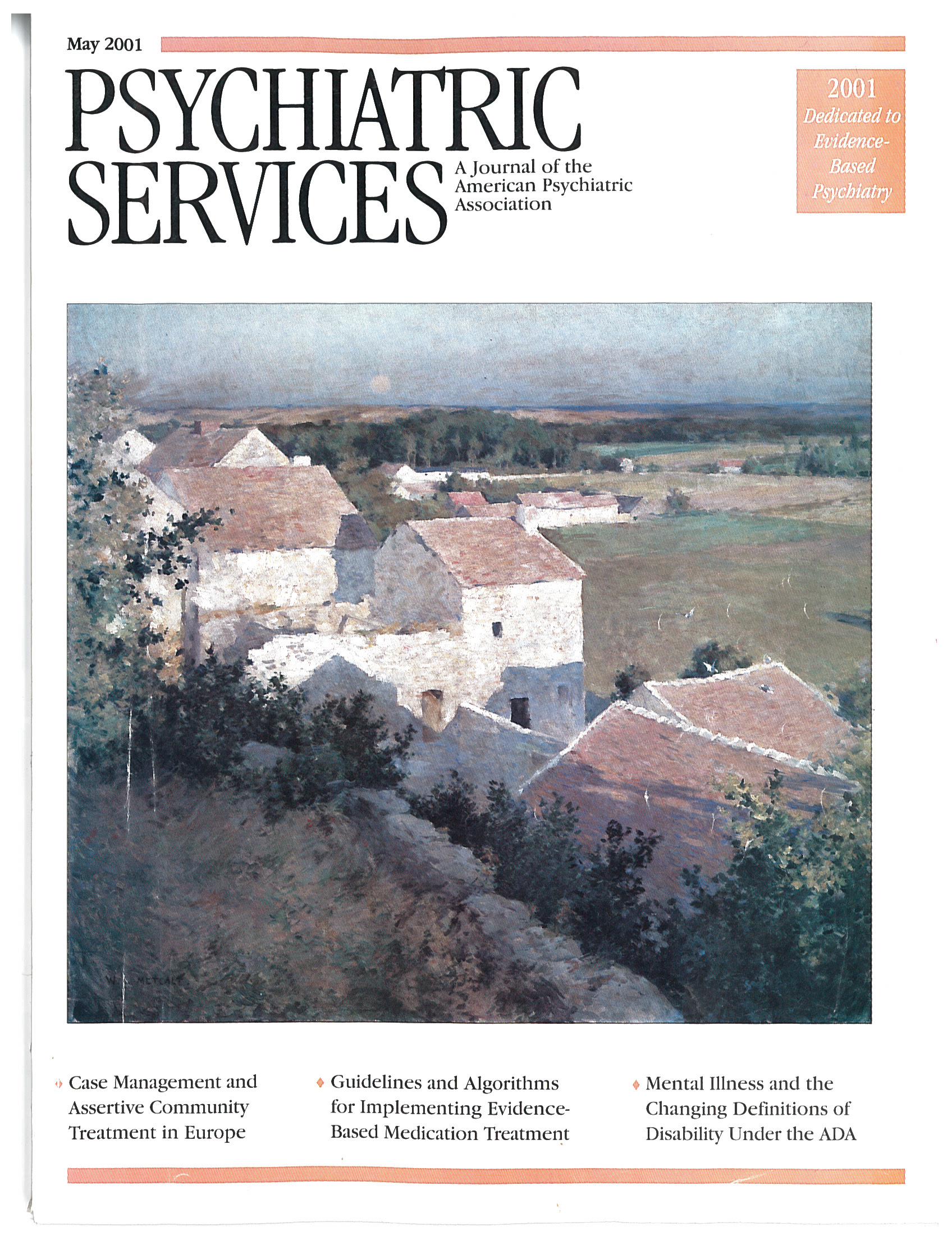Variations in the Treatment Culture of Nursing Homes and Responses to Regulations to Reduce Drug Use
Abstract
OBJECTIVE: The study examined the relationship between treatment cultures of nursing homes and their responses to regulations to reduce use of psychotropic drugs mandated by the 1987 Omnibus Budget Reconciliation Act. The authors hypothesized that reduction in use of antipsychotic drugs was more likely to occur in homes with a resident-centered culture emphasizing psychosocial care, avoidance of psychotropic drugs, pharmacist feedback, and involvement of mental health workers. The authors also predicted greater reductions in drug use in facilities with a less severe case mix and better capacity for change. METHODS: Data were collected in a stratified random sample of 16 skilled nursing facilities in Wisconsin. Participants included 1,181 residents in the baseline study and 1,650 residents in the follow-up study. Treatment culture was measured with a questionnaire for assessing nurses' beliefs and philosophies of care and their interactions with pharmacists and mental health workers. RESULTS: No significant change was observed in the use of benzodiazepines, antidepressants, or polymedicine (two or more psychotropic medications). However, use of antipsychotic drugs decreased significantly, from 24 percent to 16 percent. The change in use varied dramatically across facilities, from an 85 percent reduction to a 19 percent increase. Findings also revealed significant variability in treatment cultures. Greater reductions in use of antipsychotic drugs were found in facilities with a resident-centered culture, a less severe case mix, and a higher nurse-to-resident staffing ratio. CONCLUSIONS: Future policy and quality improvement efforts must address treatment cultures, staffing, and other organizational barriers to nursing home reform.



